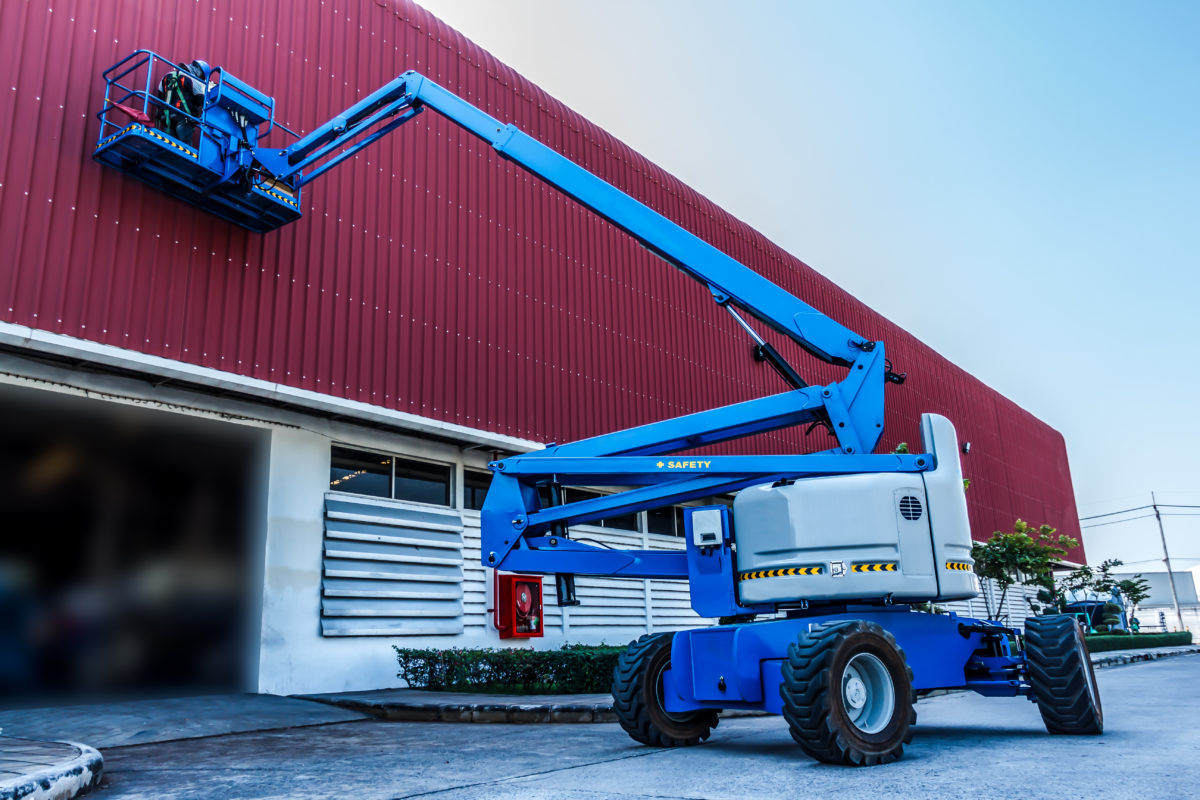Ağır ekipmanlar inşaat ve madencilikten tarım ve ormancılığa kadar birçok endüstrinin omurgasını oluşturur. Bu güçlü makineler inanılmaz derecede üretken olabilir, ancak aynı zamanda güvenli bir şekilde çalıştırılmadıkları takdirde ciddi yaralanma veya ölüm riski de taşırlar. Burada ağır ekipmanlarla çalışırken en önemli güvenlik hususlarından bazılarını inceleyeceğiz. Bu yönergeleri izleyerek kendinizin ve iş arkadaşlarınızın işte güvende kalmasına yardımcı olabilirsiniz.
Riskleri Anlamak
Ağır ekipmanla ilgili spesifik tehlikeler, kullanılan makinenin tipine ve eldeki göreve bağlı olarak değişecektir. Ancak bazı yaygın riskler şunlardır:
- Devrilme kazaları: Ağır ekipmanın üst kısmı ağırdır ve engebeli arazide veya güvenli olmayan hızlarda çalıştırıldığında kolayca devrilebilir. Operatörler her zaman makinenin ağırlık merkezinin farkında olmalı ve ani dönüşlerden veya durmalardan kaçınmalıdır.
- Düşen nesneler: Ağır ekipmanlar genellikle ağır nesneleri kaldırmak ve taşımak için kullanılır. Bu nesneler düzgün bir şekilde sabitlenmezse düşebilir ve ciddi yaralanmalara neden olabilirler.
- Yakalanan tehlikeler: Ağır ekipmanın dişliler, kayışlar ve zincirler gibi birçok hareketli parçası vardır. Makine çalışırken işçiler asla bu alanlara ulaşmamalıdır.
- Çarpma tehlikeleri: Ağır ekipman, bir işçiye çarptığında ciddi yaralanmalara neden olabilir. İşçiler her zaman çevrelerinin farkında olmalı ve çalışan makinelerle güvenli bir mesafeyi korumalıdır.
Güvenli iş pratikleri
Ağır ekipmanlarla çalışırken yaralanma riskini en aza indirmek için işçilerin atabileceği birkaç adım vardır. Bunlar şunları içerir:
- Doğru eğitim: Yalnızca belirli bir ekipmanın güvenli kullanımı konusunda uygun şekilde eğitilmiş çalışanların bu ekipmanı çalıştırmasına izin verilmelidir. Eğitim, işletme öncesi denetimler, güvenli çalışma prosedürleri ve acil kapatma prosedürleri gibi konuları kapsamalıdır.
- Kişisel koruyucu ekipman (KKD): İşçiler, ağır ekipmanlarla çalışırken uygun KKD giymelidir. Buna baretler, güvenlik gözlükleri, eldivenler, çelik burunlu botlar ve yüksek görünürlük sağlayan giysiler dahildir.
- Çalıştırma öncesi denetimler: Operatör, herhangi bir ağır ekipmanı çalıştırmadan önce olası tehlikeleri belirlemek için kapsamlı bir çalıştırma öncesi inceleme yapmalıdır.
- Güvenli bir çalışma bölgesinin korunması: Çalışan herhangi bir ağır ekipmanın etrafında güvenli bir çalışma alanı oluşturulmalıdır. Bu bölge, işçilere makinenin yoluna girmeden güvenli bir şekilde hareket edebilmeleri için yeterli alan sağlayacak kadar geniş olmalıdır.
- İletişim: Ağır ekipmanlarla çalışırken net iletişim önemlidir. Operatörler niyetlerini bölgedeki diğer işçilere iletmeli ve işçiler, çalışma alanına girmeleri gerekip gerekmediğini her zaman operatöre bildirmelidir.
Özel Ekipman Güvenliği Hususları
Yukarıda listelenen genel güvenlik uygulamalarına ek olarak, farklı ağır ekipman türleri için geçerli olan bazı özel güvenlik hususları da vardır. İşte birkaç örnek:
Vinçler: Vinç operatörleri, vincin ağırlık kapasitesinin farkında olmalı ve asla vincin kaldırabileceğinden daha fazla ağırlık kaldırmaya çalışmamalıdır. Ayrıca yüklerin asılması ve sabitlenmesi için uygun prosedürlere de aşina olmaları gerekir. Güvenli vinç kullanımı hakkında daha fazla bilgi için Gelişmiş Güvenlik ve Eğitim kursumuza katılabilirsiniz. Vinç Farkındalık Eğitimi.
Makaslı platformlar: Makaslı platformlar düzgün çalıştırılmadığı takdirde dengesiz hale gelebilir. Operatörler, ağırlık kapasitesi ve çalıştırma prosedürleri konusunda daima üreticinin tavsiyelerine uymalıdır. Kursumuz Makaslı Kaldırma Eğitimi güvenli makaslı kaldırma kullanımının özelliklerini kapsar.
Forkliftler: Forklift operatörleri, taşıdıkları yükün ağırlık merkezinin farkında olmalı ve keskin dönüşler veya duruşlardan kaçınmalıdır. Ayrıca işe uygun çatallar kullanılmalı ve forkliftin ağırlık kapasitesi asla aşılmamalıdır. Forklift kullanma izni almak çoğu zaman özel güvenlik eğitimi gerektirir ve kursumuz Forklift Güvenliği Eğitimi size ihtiyacınız olan bilgiyi sağlayabilir.





Oğul yorumları